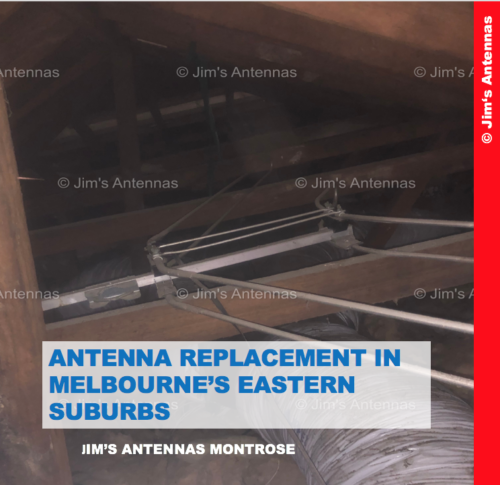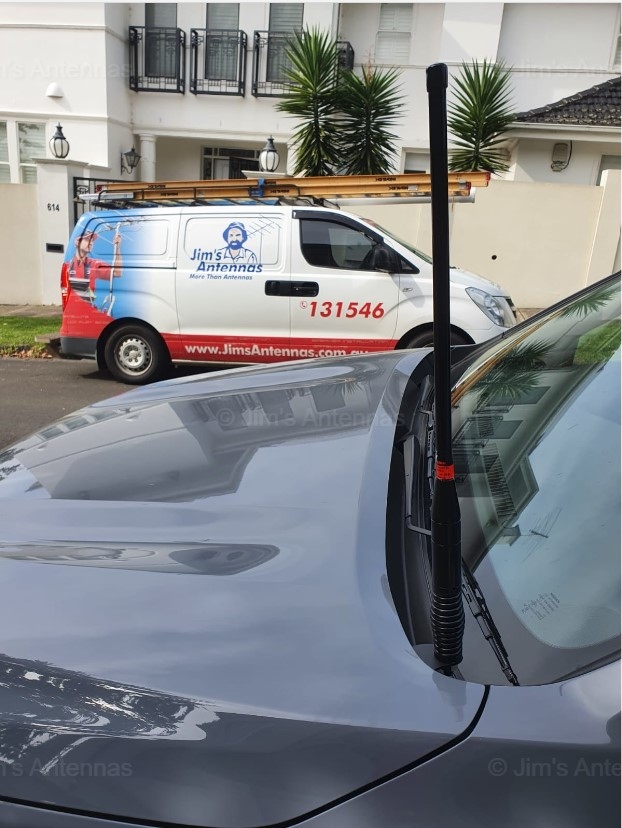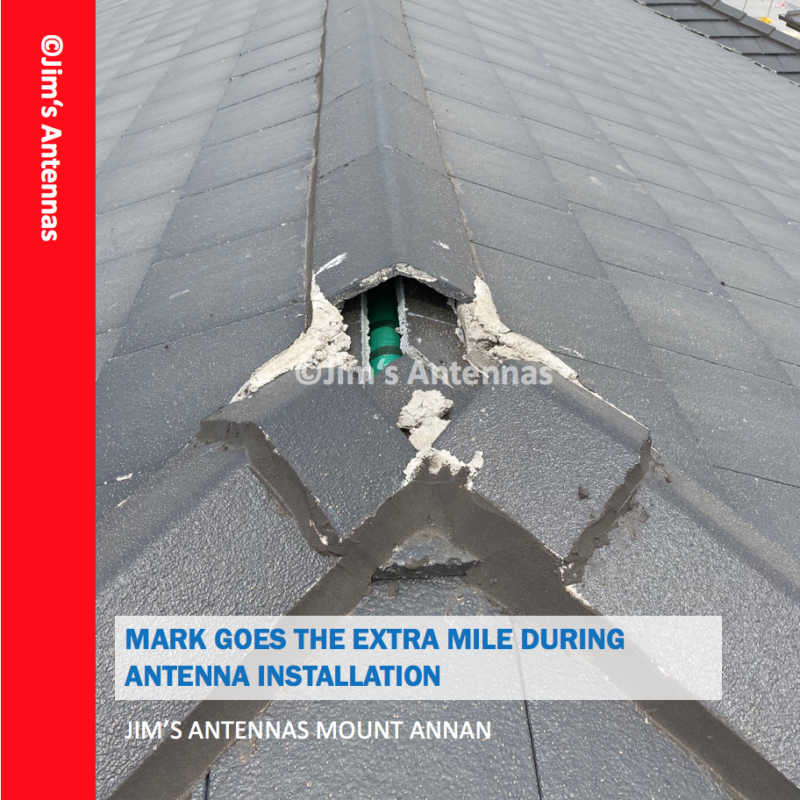Protecting Antenna Cabling from Birds: A Simple Solution
Birds can be a real nuisance when it comes to antenna cabling. Many bird species are notorious for chewing through cables, causing damage that can disrupt signal transmission and lead to expensive repairs. The problem often arises because birds are naturally inclined to peck at wires, mistaking them for twigs or other materials for nesting.
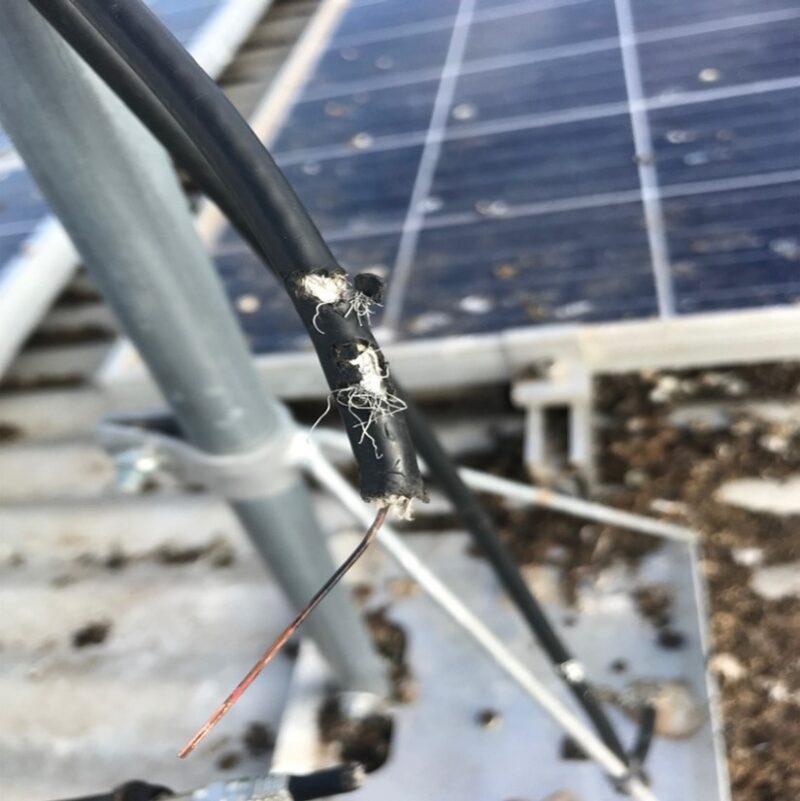
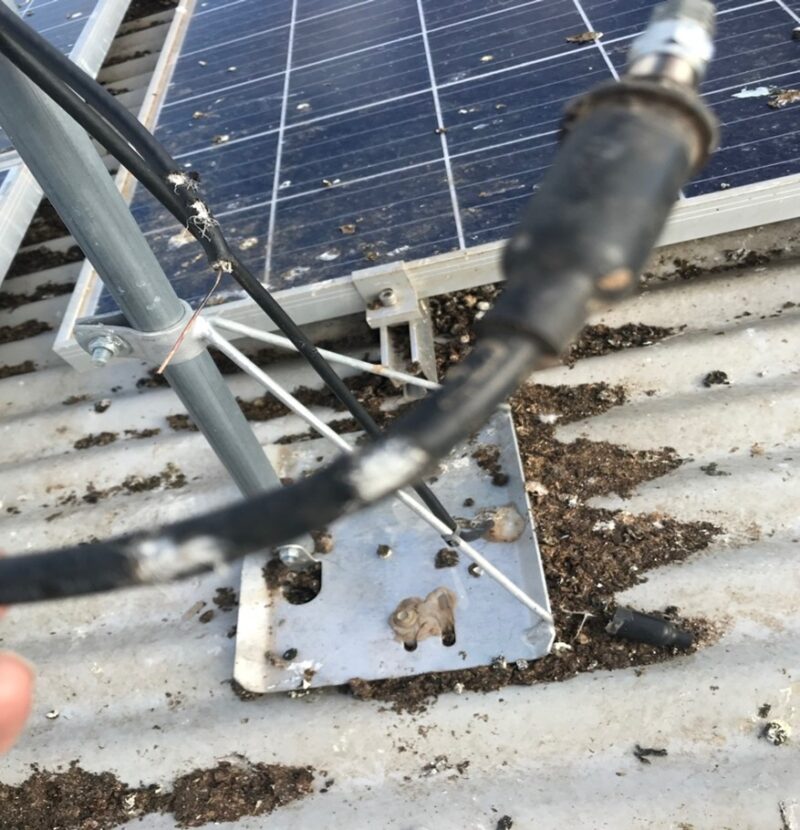
So, what can you do to protect your antenna cabling? One effective solution is to encase the cables in flexible conduit. This simple yet robust protective measure helps safeguard your wiring from birds and other environmental threats.
Flexible conduit is made from durable materials like PVC, offering a tough barrier that birds find difficult to damage. It’s also versatile, allowing you to route your cables neatly along walls, rooftops, or other hard-to-reach places without compromising on signal quality.
Installing flexible conduit is straightforward. Start by measuring the length of cable that needs protection, then cut the conduit to size. Slide the conduit over the antenna cable, ensuring it’s snug but not too tight. Secure the ends with cable ties or adhesive clips to keep everything in place.
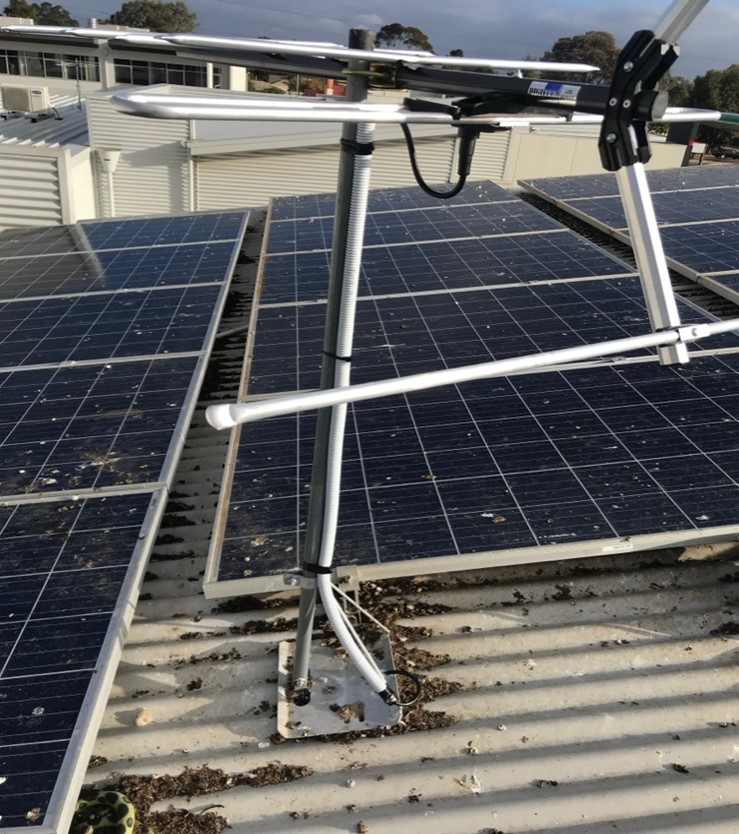
Not only does flexible conduit protect your cables from bird damage, but it also offers other benefits, such as shielding the wiring from UV rays, water, and physical wear. It’s a low-cost, high-impact solution to extend the lifespan of your antenna installation and prevent costly interruptions caused by chewed cables.
By taking this simple step, you can ensure that your antenna system stays intact and functional for years to come
Contact Jim’s Antennas at www.jimsantennas.com.au or call us now on 13 15 46 and have one of our trained technicians resolve your antenna signal issues.

